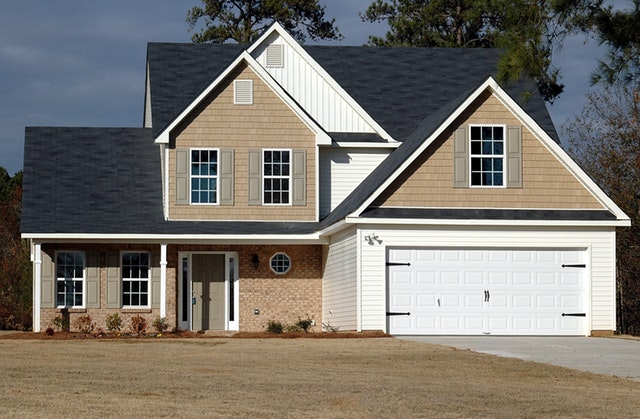What’s Ahead For Mortgage Rates This Week – May 11th, 2020
 Last week’s economic releases included readings on public and private sector employment, the national unemployment rate.
Last week’s economic releases included readings on public and private sector employment, the national unemployment rate.
Economic Destruction Continues as Coronavirus Spreads
ADP reported 20.2 million private-sector jobs lost in April as compared to 149,000 jobs lost in March. The government’s Non-Farm Payrolls report showed -20.5 million public and private-sector jobs lost in April as compared to -870,000 jobs lost in March. Both of these jobs reports typically show job growth, but they now report jobs lost due to the coronavirus pandemic and efforts to control it.
Likewise, the national unemployment rate grew in April to 14.70 percent as compared to the normal reading of 4.40 percent in March.
Mortgage Rates Mixed as New Jobless Claims Fall
Freddie Mac reported higher average mortgage rates for 30-year fixed-rate mortgages, which were three basis points higher at 3.26 percent. The average rate for 15-year fixed-rate mortgages fell by four basis points to 2.73 percent. Rates for 5/1 adjustable rate mortgages rose by three basis points to 3.17 percent. Discount points averaged 0.70 percent for fixed-rate mortgages and 0.30 percent for 5/1 adjustable rate mortgages.
First-time jobless claims fell to 3.17 million claims, which exceeded expectations of 3.10 million new claims filed. While new jobless claims were lower than the prior week’s reading of 3.85 million initial unemployment claims, the millions of claims filed were far above normal readings in the hundred-thousands. While jobless claims remain high, they are lower than the seasonally-adjusted peak of 6.90 million initial claims filed in March.
Analysts said that unemployment figures would increase as small business claims increase.
Credit Card Use Falls In March
Consumers stopped using credit cards in March as the coronavirus took hold and the economic shut-down limited shopping, travel, and dining out. Credit card companies tightened lending standards and reduced credit lines as unemployment rates rose. Credit card use fell by nearly 31 percent to – $28.20 billion in March; installment loans including education and vehicle loans rose by 6.20 percent to $16.1 billion.
Auto dealers offering attractive incentives including low to no interest rates encouraged consumers to purchase vehicles. Home loans were not counted in the reading for installment loans.
What’s Ahead
This week’s scheduled economic releases include readings on inflation, retail sales, and consumer sentiment. Weekly readings on mortgage rates and new jobless claims will also be released.
 Home prices continued to grow in February according to the Case-Shiller Home Price Indices. National home prices grew at a seasonally-adjusted annual pace of 4.20 percent as compared to national home price growth of 3.90 percent in January. Case-Shiller’s 20-City Home Price Index showed higher home price growth rates in February with average annual home price growth of 3.50 percent. January home prices grew by 3.10 percent for cities included in the 20-City Index.
Home prices continued to grow in February according to the Case-Shiller Home Price Indices. National home prices grew at a seasonally-adjusted annual pace of 4.20 percent as compared to national home price growth of 3.90 percent in January. Case-Shiller’s 20-City Home Price Index showed higher home price growth rates in February with average annual home price growth of 3.50 percent. January home prices grew by 3.10 percent for cities included in the 20-City Index. The Realtor.com study looked at 593 counties across the country. As compared to the fourth quarter of 2018, the average monthly cost of renting a home increased 4%, up from $1,254, while the average monthly cost of homeownership actually declined 1%, falling from $1,658.
The Realtor.com study looked at 593 counties across the country. As compared to the fourth quarter of 2018, the average monthly cost of renting a home increased 4%, up from $1,254, while the average monthly cost of homeownership actually declined 1%, falling from $1,658.